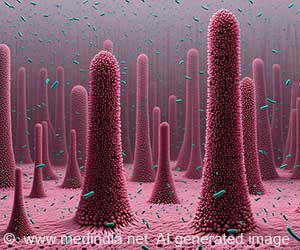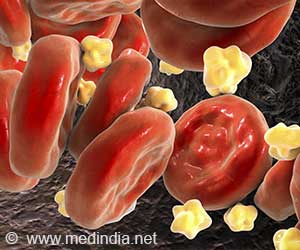An electronic capsule has been developed that measures the hydrogen, oxygen and carbon dioxide levels in the gut, and changes associated with dietary alterations.
- Electronic capsule that can measure gases in the digestive tract can be used to estimate the transit time, and changes in digestive health with dietary changes
- The approach can help to individualize dietary changes to suit an individual
- The capsule could also be useful as a non-invasive test to diagnose gastrointestinal disorders.
TOP INSIGHT
An electronic capsule has been developed, which when swallowed, can measure the hydrogen, oxygen and carbon dioxide levels in the gut, and changes associated with dietary alterations.
The measurement of the gases gives the following information:
- Since different parts of the digestive tract vary in the oxygen content, the measurement of the oxygen levels can indicate the position of the capsule in the digestive tract. This was confirmed through ultrasound done every 20 minutes during the study to locate the capsule.
- Since the hydrogen levels are altered by the microbial activity in the colon, the measurement of the hydrogen levels gives an indication of the health of the microbiota in the individual. The carbon dioxide levels are also indicative of the fermentation in the gut, though they may be altered by the carbon dioxide produce by respiration.
- The test done with the capsule is simple, non-invasive and easy to perform, and continuous monitoring of the gas profiles is possible. Earlier methods to measure gases in the digestive tract that include flatus analysis, tube insertion, whole body calorimetry and breath test are inconvenient for the patient and are often unreliable.
- Though an occasional loss of data transmission occurred, the capsules did not fail during the trials. They were easy to swallow and were not damaged during their passage through the gut.
- The intake of the capsule was not associated with any adverse effect. Abdominal discomfort following a very high fiber diet and mild constipation following a low fiber diet were noted, which were more likely to be due to the diet than the capsule itself.
- In the pilot study, changes in the fiber content of the diet caused changes in small intestinal and colonic transit time and gut fermentation. For example:
- A very high fiber rich diet was associated with lack of fermentation, bacterial microbiota associated with poor gut heath, and a failure of the colon to become anerobic. This could be due to the inability of the microbiota to ferment whole fiber possibly because of the trapping of oxygen in the fiber and affecting the activity of anerobic bacteria. The diet was also associated with discomfort, which could be due to the oxidative stress in the colon.
- A low fiber diet was associated with reduced frequency of bowel movements. This was followed by increased fermentation after introduction of fiber.
In their study, the scientists also found that the stomach may be releasing oxidizing chemicals to fight foreign bodies, and the colon may also contain oxygen under certain situations.
The capsules can thus help to study the function of the intestine, the bacterial flora and the changes with diet. The scientists feel that the capsule has the potential to study disorders of the digestive tract varying from malabsorption to colon cancer They hope to see the capsule in the market in the near future.
Reference:
- Kalantar-Zadeh K et al. A human pilot trial of ingestible electronic capsules capable of sensing different gases in the gut. Nature Electronics 1, 79–87 (2018).Doi:10.1038/s41928-017-0004-x
Source-Medindia
 MEDINDIA
MEDINDIA

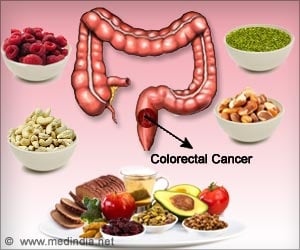
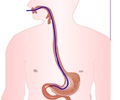
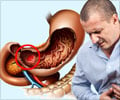
 Email
Email


